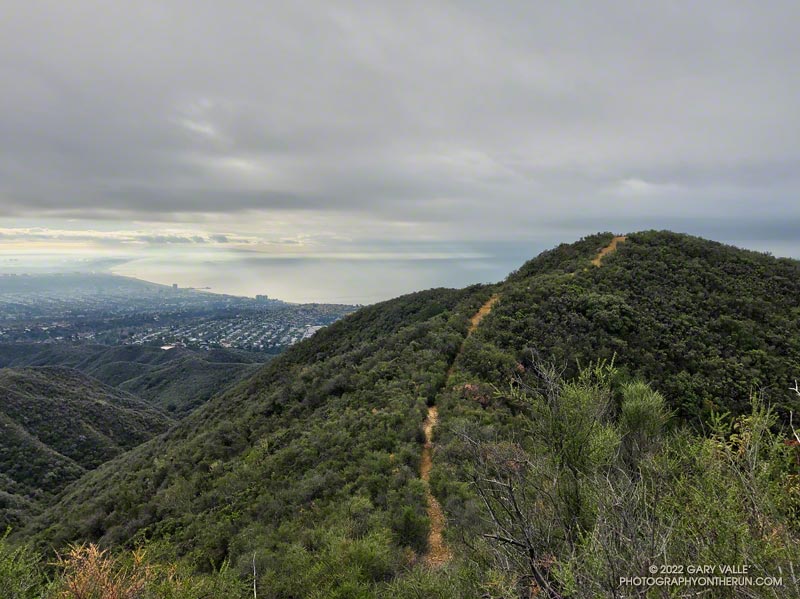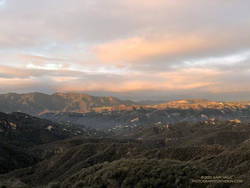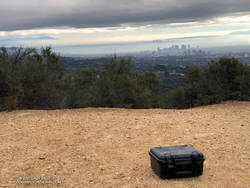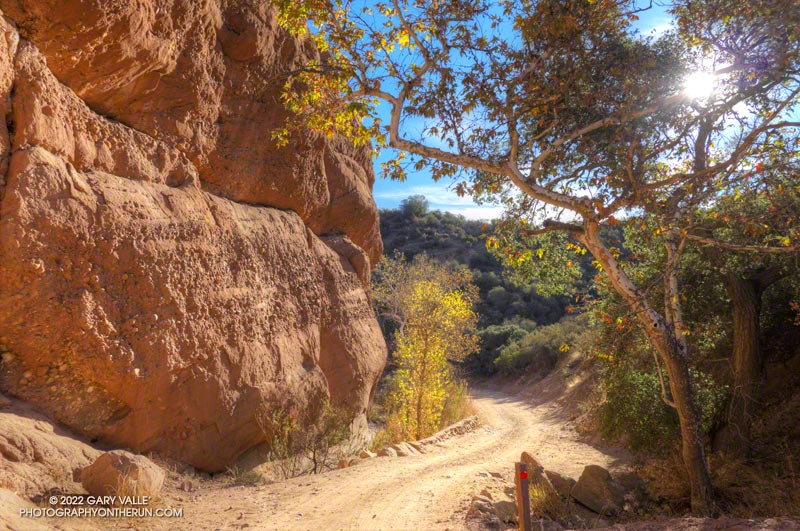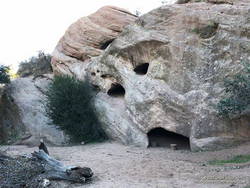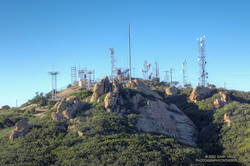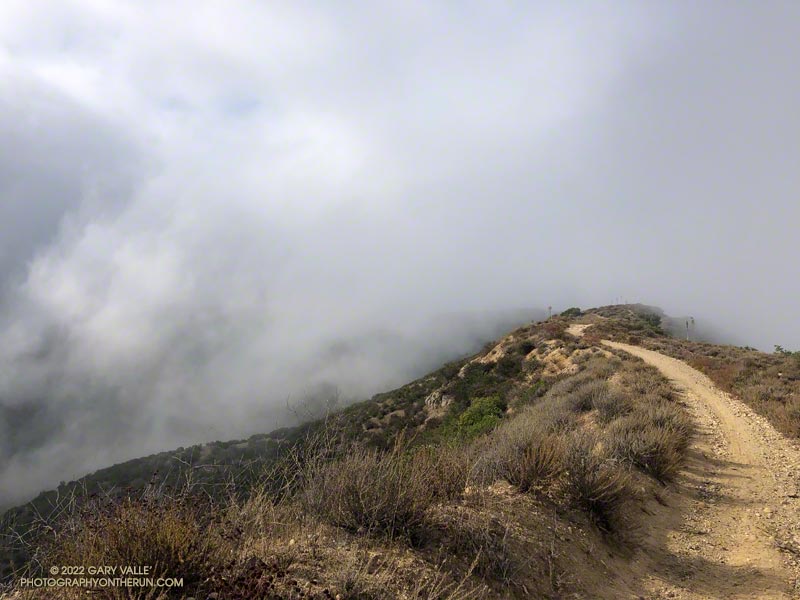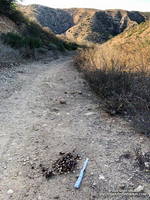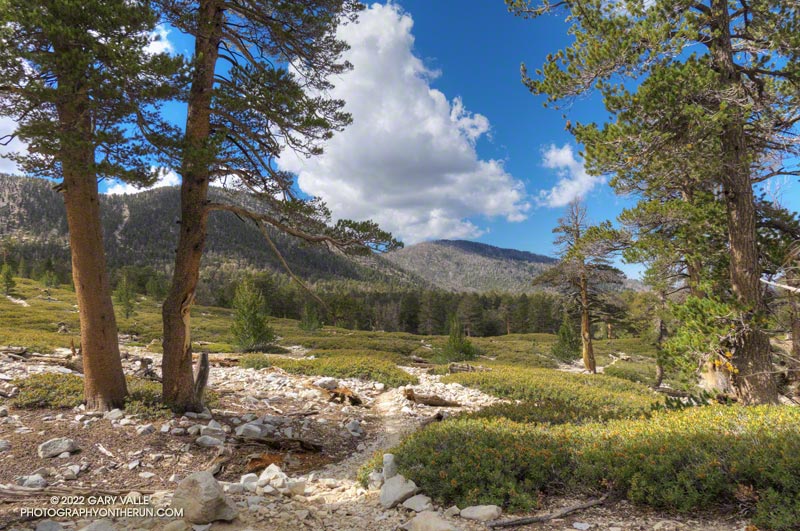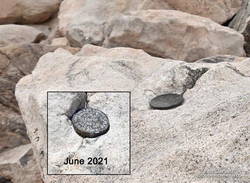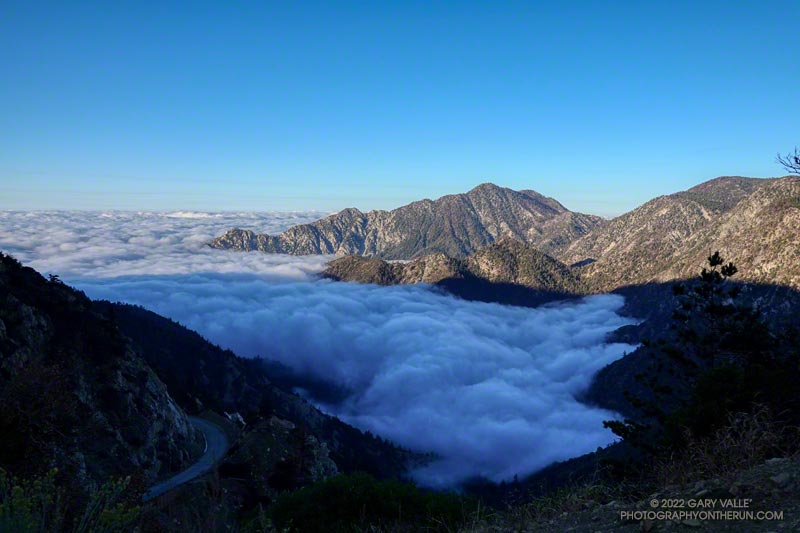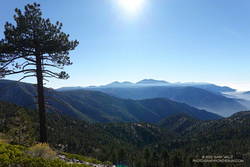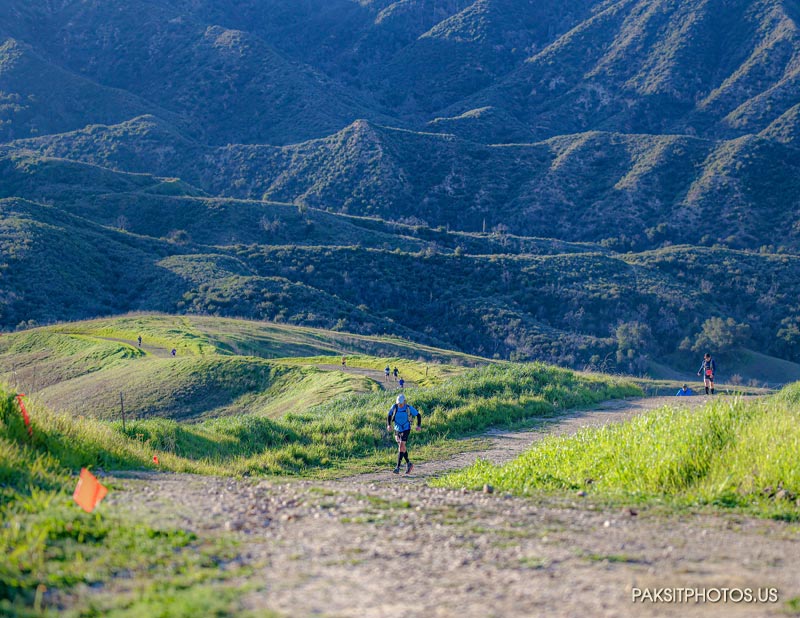
I don’t know why. But for some reason, I had it in my head that the turnaround point for the Placerita Canyon 30K was the halfway point of the course.
I had just passed the third aid station and was climbing a short — but steep — hill. From there, it was at least a couple of miles to the turnaround, and my projected time to that crucial point was adding up to more than I expected.
The thing was, I felt good and was enjoying the race. Everything seemed to be going well. It’s fun to run new trails, and I hadn’t run any of these.
The temp had been near freezing at the start, but the initial steep climb and energetic descent took care of that. The course would continue in this vein as a series of ups and downs on fire roads, single-track trails, and a bridle path. A few of the hills were slow and strenuous, but those were offset by fast-paced running on a mile and a half of bridle path. The longest hill was out of Aid Station #2 — 700 feet of gain over about 1.6 miles.
My confusion about the turnaround point could have been easily remedied by simply checking the mileage on my watch. It’s on the second data screen, and I only had to push a button to see it. But like a small, annoying rock in my shoe, it just didn’t seem to matter that much.
Eventually, somewhere around the Fair Oaks Aid Station, I checked my average pace. It was about at my goal pace. That’s when I realized the halfway point had to be behind me. When I reached the “Turn Back!” sign, I checked the mileage. It was 11.7 miles. A bit more than 6 miles to go. That was better!
As it turns out, the halfway point on the way out had been near Uncle Remi Trail junction. This outstanding single-track trail is a direct route down to Placerita Canyon and would be our route on the way back.
About 40 minutes later, I was running down the flowing turns of the Uncle Remi Trail. It didn’t take long to get to Placerita Canyon Road, and I soon found myself chugging up the last (long) hill. There were a couple of runners ahead of me that I’d been chasing for miles. Although I didn’t catch them, the attempt seemed to shorten the final 1.5-mile climb.
Partway down the subsequent descent, I heard a cheer in the distance as the pair crossed the finish line. A couple of minutes later, I also enjoyed the finish-line applause.
This was the inaugural running of the Placerita Canyon Trail Runs 10K, Half Marathon+, and 30K. As you would expect at a KH Races event, everything was well done – from the marking of the course to the aid station fare. The hills were green, the trails in good shape, and the weather invigorating. All the runners were super-friendly, and the aid station and course volunteers were very helpful. Thank you!
Many more photos can be found on the PaksitPhotos.us website, and all the results are posted on UltraSignup.

